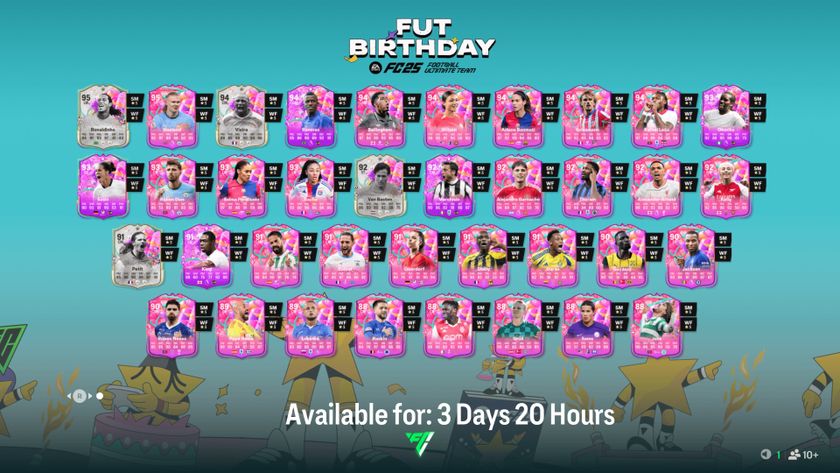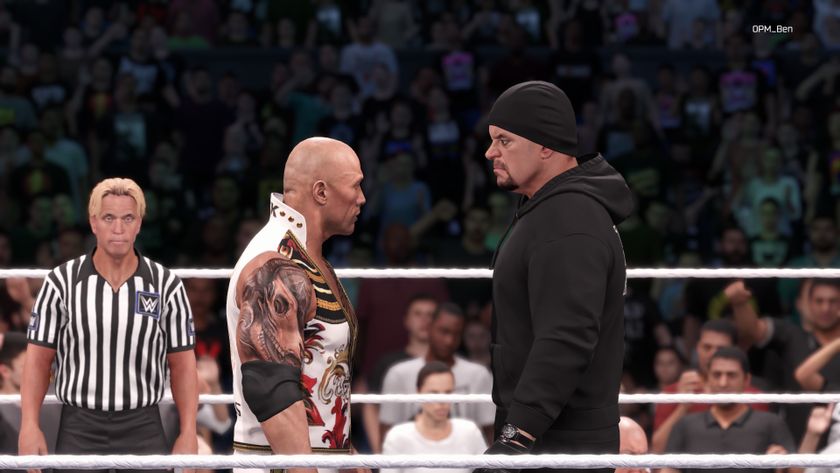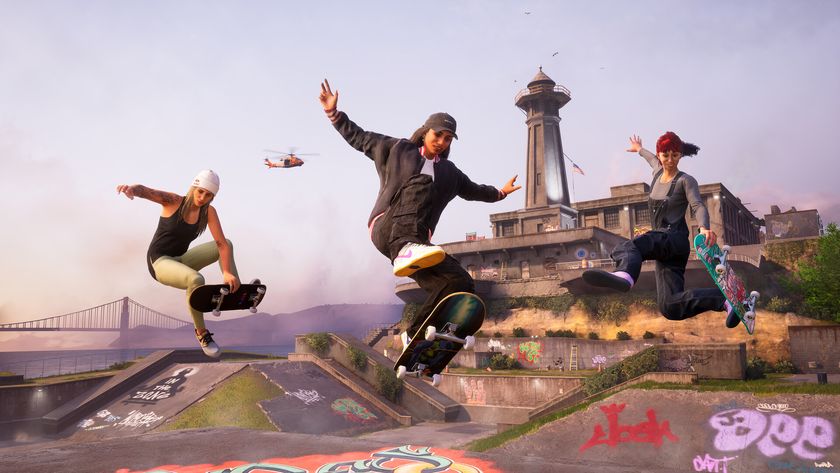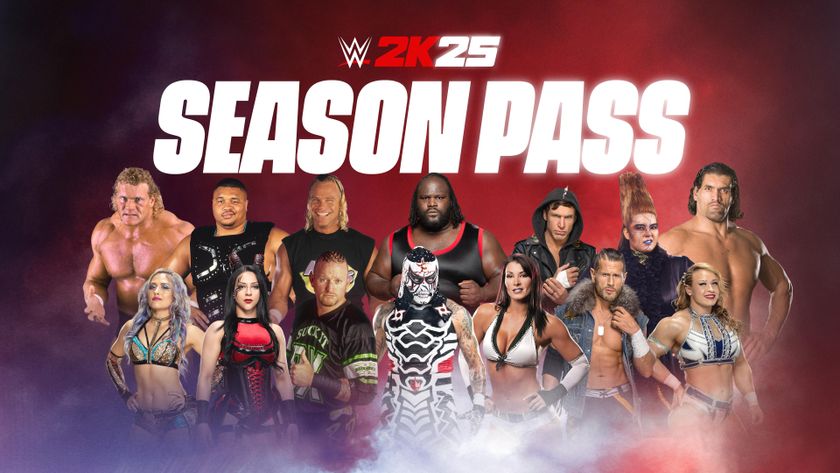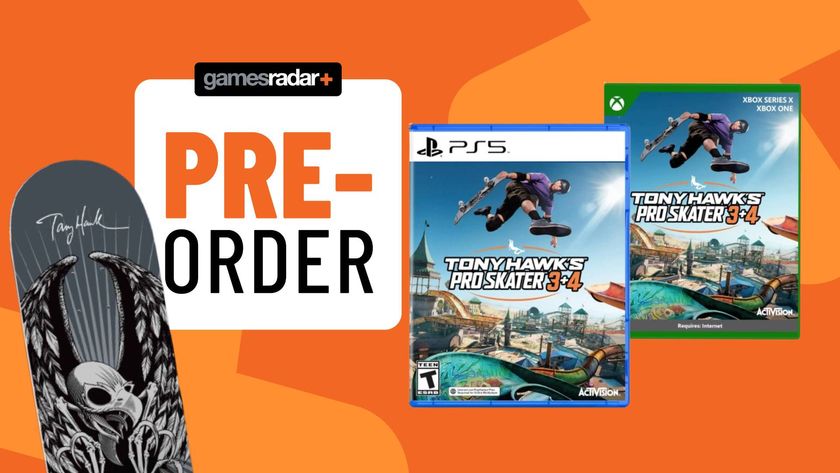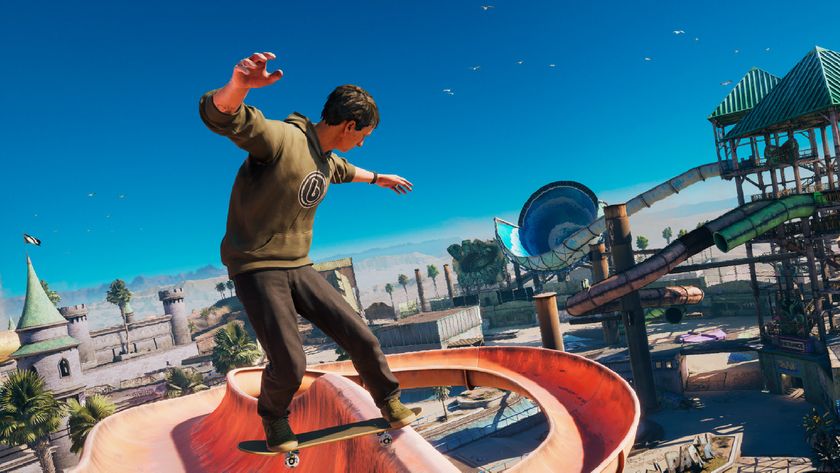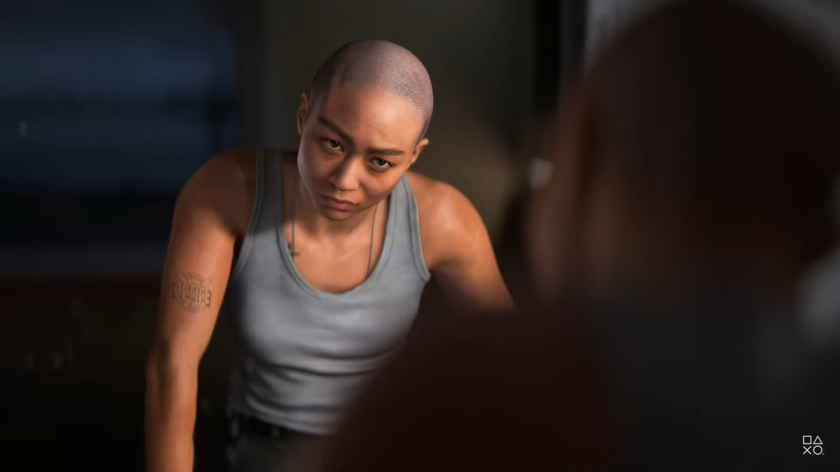BOX SCORE: Taking the leap, Part 1
Crafting a launch title on a new platform for one of the world’s biggest games

Box Score is a weekly column that offers a look at sports games and the athletic side of the industry from the perspective of veteran reviewer and sports fan Richard Grisham.
This week’s column is the first of a three-part series examining how FIFA for the Vita went from conception to completion.
“What can we do? What can’t we do?”
These aren’t just the questions of expectant gamers waiting to get their hands on the PlayStation Vita in February. In fact, they’re the exact queries Matt Prior had for everyone around him back in August 2010. Prior had just gotten the word that he would be the producer of FIFA for Sony’s brand-new, high-tech handheld console. As the “owner” of the game, so to speak, he would be responsible for its design, production, delivery, and support. Depending on the time of day, Matt would be frantically scrambling to assemble the right team of developers and engineers to ensure his vision for the title, answering pointed questions from senior corporate executives about its potential for profitability, or trying to – literally – get his hands on the new little machine that would define his job for the next two years. All against the backdrop of delivering the world’s most popular sports game on brand new hardware at the system’s launch.
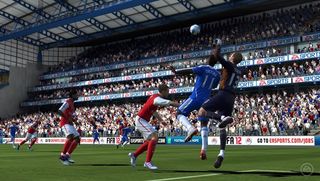
No pressure.
“We’re first out of the blocks, and we don’t know what we’re building on,” says Prior of those first few weeks of discovery. “We’re kind of the pioneers, blazing a trail. We’ve got no one to go to say ‘How did you do this on this;’ you kind of have to work it out all by yourself.”
To say developing for the Vita is unique is an understatement. On one hand, because of some high-level similarities to the overall architecture of the PS3 as well as its enviable processing power, Matt and his team did not have to completely start from scratch. “We’ve got the game, we know the game; there are some similarities at the core. All the licensing (the leagues, FIFA, the governing body itself), all of that knowledge base is applicable.”
Sign up to the 12DOVE Newsletter
Weekly digests, tales from the communities you love, and more
On the other hand, there’s a staggering amount of work to determine just what FIFA will be. Prior and his team have to finalize their vision for the game, pitch that plan to senior management for approval, analyze what the makeup of the their staff will be, choose which game modes will be in the plan, schedule the development tasks, ensure the budgets make sense, and get the design documents going. After all, there’s only one launch date, and it won’t move. Prior simply has to hit it with a highly functional, beautiful game that will be devoured by an insatiable – and demanding – fanbase.
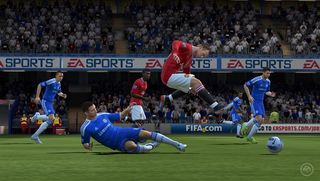
Oh, and there’s that whole “two touchscreens” thing to deal with.
“From a game design standpoint, you have to work out what you want to do with the Vita and what makes it unique,” explains Prior. “How can that be adapted to FIFA? We wanted to do a lot of controls around the touchscreen. We didn’t just want to make gimmicky touchscreen features; we wanted to create features that affected the game at a core level.”
“We saw the touchscreen and how it gives you the ability to point and press exactly where you want to go,” he continues. “We thought, ‘How could we address some of the more frustrating things about FIFA?’ We play FIFA a lot in the office, and there’s rarely a game that goes past where someone doesn’t scream ‘NOT THAT GUY!’ when they make a pass. The reason for that is you’re kind of at the mercy of the AI; you might be looking at the player on screen and trying to make a pass, but the AI, just because of its limitations, might assume you wanted [a different] pass. With the touchscreen, you press on the screen, and there’s no ambiguity.”
Building an all-new – and significantly more intuitive – way to shoot on goal was another obvious opportunity once the team laid their eyes on the Vita’s back-touch mechanism. “It clicked straight away, almost,” chuckled Prior. “The physical dimensions of the Vita lent itself very well to football in the sense that the (back touchscreen) looks like a goal.”
Dreaming up new and different ways to control FIFA is one thing; determining exactly how many different ways to play is quite another.
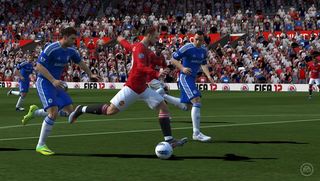
“We wanted to make sure this is a full and complete experience,” Prior says with conviction. “We’ve seen time and time again launch titles on new hardware come out very lightweight, kind of tech demos. FIFA represents the biggest and most complex game we’ve ever made for a handheld.” His goal was to ensure that all of the major game modes a FIFA player would expect would be represented, including Be A Pro, Tournaments and all the major leagues and players, Career Mode, and online play.
Unfortunately, as Prior analyzed the development schedules of the PS3 FIFA 12 and his own game, he realized that the team wouldn’t have the technical bandwidth to link the two titles (hence the decision to not assign a “12” designation in the name) and share the experience between the PS3 and Vita. It’s not because of a lack of desire, according to Prior; there are only so many things that can be done in a short amount of time. “That’s one for the future for sure,” he says. “It’s kind of a no-brainer, and the framework is there.”
Amid all this, Prior is excited and upbeat, bursting with pride at the chance to deliver a potential system-seller on Day One. “It’s a challenge and an honor,” he says. “FIFA’s one of the biggest games in the world.”
NEXT WEEK: Development starts, and the “a-ha!” moments begin…
Richard Grisham has been obesessed with sports and video games since childhood, when he'd routinely create and track MicroLeague Baseball seasons on paper. He currently lives in New Jersey with his wife and four-year old son, who he'll soon be training to be an NFL placekicker. As a freelance journalist and writer, his work has appeared in GamesRadar, NGamer, and 1UP.
